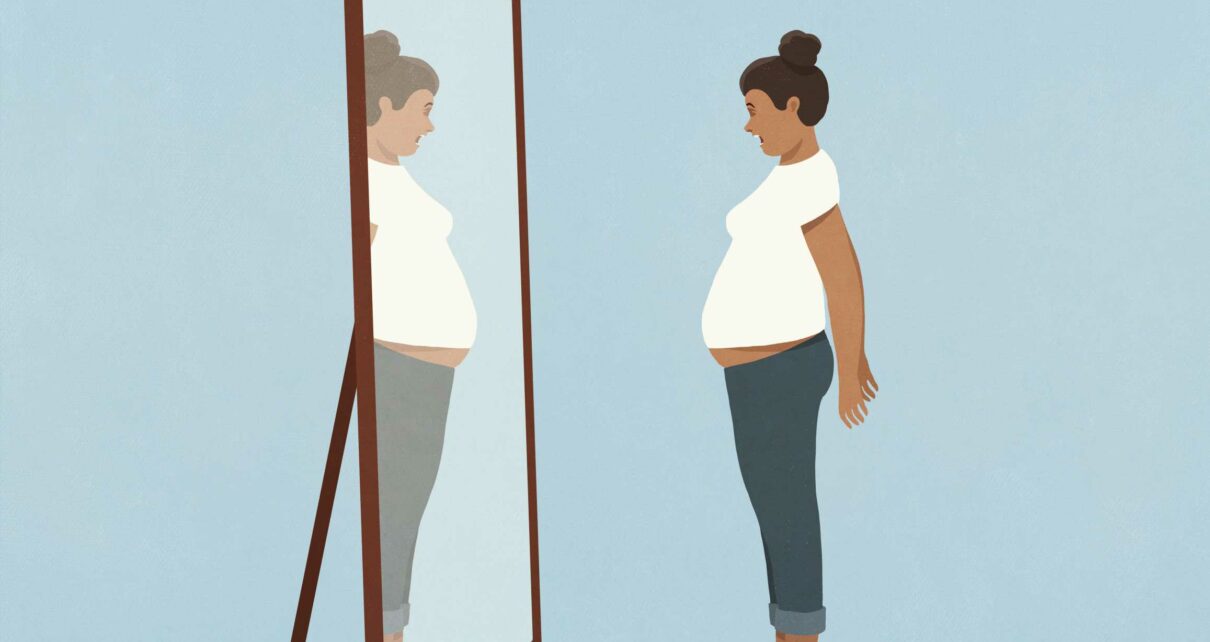WHEN it comes to our health, excess fat rarely has a positive impact.
But while all unwanted body fat has a bad reputation, there is one place on the body that is particularly dangerous for us to store those extra pounds.
Excess belly fat, also known as visceral fat or the “spare tyre”, is what doctors refer to as “deadly weight”, and it gets this dark nickname for a very good reason – belly fat can seriously impact your life expectancy.
In a major study from the Journal of the American Heart Association, UK residents aged 40 to 69 were assessed and researchers found that women who carried more weight around their middles had a 10-20 per cent greater risk of heart attack than those who carried the same amount of extra weight over all.
Another key piece of research from the Annals of Internal Medicine, discovered that people who had an average weight, but carried excess fat in a "spare tyre" around their belly, not only had a much higher risk of dying of heart disease, but also a higher risk of dying from any other health related cause compared with those who didn’t carry fat around their belly.
No matter if you are a “healthy” weight, overweight, or obese, if you carry excess fat around your belly, you are at a much higher risk of health problems and premature death.
Read more on belly fat
I’m a PT and here’s how to get rid of belly fat using a tea towel and cushion
I’m an obesity doctor and here’s two myths about losing belly fat
VISCERAL FAT RISKS
GP Dr Sarah Garsed says: “Patients know that being overweight or obese isn’t healthy, but they are often shocked to learn they can be a ‘healthy’ weight but still be at risk from disease if they carry excess fat around their middle.
“Weight gain around the central area of the body is dangerous because of the type of fat that it is.
“Belly fat, especially fat that sits around the entire circumference of the belly, is an indication of visceral fat.
“Visceral fat is unhealthy and dangerous because it sits around your internal organs, putting pressure on them and, as a result, putting you at a much higher risk of falling victim to serious health problems.
Most read in Diet & Fitness
I'm a health coach – how COOKIE DOUGH works like Ozempic for weight loss
I'm a dietitian – three foods making your anxiety worse and six to try instead
I'm a nutritionist – 3 hot drinks to slash your risk of deadly cholesterol
I'm a nutritionist – 6 foods that are cheaper and healthier to buy frozen
“When we carry visceral fat, our chances of developing heart disease, heart attacks, strokes, diabetes, breast cancer, Alzheimer’s and problems with the liver, increase dramatically.
“And the most worrying thing about gaining weight around your belly is that visceral fat can start causing health problems immediately.”
Research from the University of Texas Medical Branch has found that developing visceral fat can increase your insulin resistance almost immediately, putting you at a high risk of developing diabetes or prediabetes.
Visceral fat also has the ability to increase your blood pressure incredibly quickly, putting excess strain on your heart immediately.
Consistent pressure on your organs, especially your heart, has a negative overall impact on your health, and if you carry weight around your belly, then losing this excess body fat can help to improve your health.
SPOT IT AND PREVENT IT
Dr Sarah says: “Not all belly fat is visceral, and actually, we need some fat around our middle to protect us and our organs, but it is when it becomes more than just a layer of healthy fat that it becomes a problem.
“Research from Colorado State University leads us to believe that around 10 per cent of all body fat is visceral fat and while there is no way to know exactly how much visceral fat you have, you can get a good idea from looking in the mirror.
“If you are an apple shape, with a large amount of weight stored around your middle, but slimmer legs and upper body, this is a sign of visceral fat.
“You can also wrap a tape measure around your waist, over your belly button, and check your measurements against the NHS guidelines for a ‘healthy’ waistline.
“For women, around 35 inches or higher is often an indicator of visceral fat, while for men, 40 inches or higher indicates the same.
“You can pay for expensive tests to find out your exact levels of visceral fat, but these are very rarely something offered on the NHS.”
TWO WAYS TO LOSE VISCERAL FAT
Visceral fat is extremely receptive to lifestyle changes, meaning it is completely achievable for the average person to lose this type of dangerous belly fat if they desire.
Research shows that with each pound of body fat that you lose, you lose some visceral fat.
1. Regular exercise
Aerobic exercise is particularly effective at reducing visceral fat.
If you want to start an exercise routine to lose visceral fat, start with aerobic exercise like brisk walking, jogging or running, cycling, swimming, or aerobics.
These types of aerobic exercise raise your heart rate over a period of time, helping to encourage your body to burn visceral fat for energy.
Try starting with one of these exercises for 30 minutes at least two to three times per week.
2. Healthy diet
Looking at your diet and making healthy changes to what you eat can significantly reduce your visceral fat and overall health.
Reducing the amount of ultra processed foods like sausages, biscuits, crisps, pastries and takeaways is a good place to start.
Read More on The Sun
I’m A Celeb’s Jordan breaks his silence after Myleene Klass ‘affair’ rumours
Full list of shops shutting this month including B&M and New Look
Eating more fruit and vegetables and good quality proteins like eggs, chicken breast and fish, alongside whole grains like brown rice and wholemeal bread can also help balance out healthy nutrition in your day-to-day life.
Reducing your alcohol intake can also be useful in deducting body fat.
Source: Read Full Article










